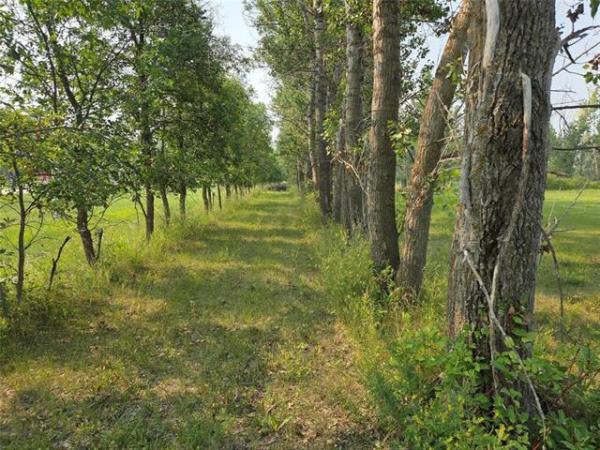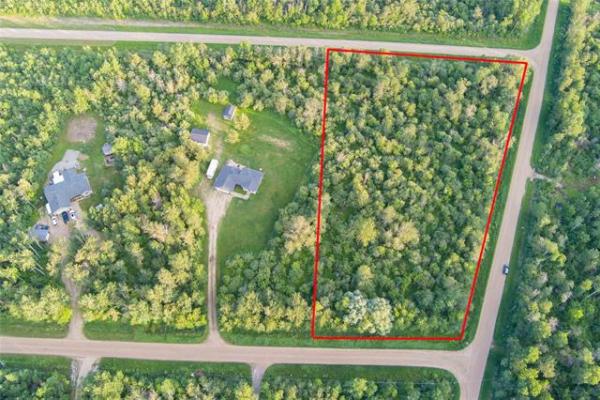Question: I just read one of your excellent posts and have a question that I can’t get a clear answer to. I have an old waterfront cottage from the 1940s, which takes a beating from the sun, sand and wind. It is not insulated in the floor or ceiling, so is only used May to October. The interior walls were wide open, so you could see the back side of the tongue and groove pine siding, with no other backing material.
We installed all new windows, and had the walls spray foamed, to seal all gaps and add rigidity to the structure. We scraped and painted the outside twice, but it simply peels off and will not stick to the 80 years of paint. In places it comes off to expose bare pine. So, we now want to re-side the cottage and would prefer to use a clap board, or some sort of wood-look siding. The pine is flat tongue and groove and I’ve been told we can put vinyl directly over the existing, but not wood.
Because the windows are new, we don’t want siding to stick out farther than the windows, which would happen if we first apply strapping. Are you aware of any products that look like wood that could be installed directly over the pine without strapping? I also want to confirm that I should use a Tyvec material first. I don’t want the old pine to rot, over time. Because it’s sealed with foam on inside, I assume it needs to breathe, somewhere. Thank you for your help,
Dave Twining
Answer: The main concern with applying new siding over older material is to ensure that it drains properly, doesn’t cause damage to any of the other components, and prevents leakage at the windows and doors. This should be possible, but may still require building out brick moulds, sills, and extending flashings around doors and windows, and modifications to other areas of potential moisture damage.
Installation of new siding over older versions is a good way to improve the esthetics and minimize the maintenance for any building. As you have discovered, repainting older siding can require a major effort in preparation, for a result with limited life expectancy. While that may be the lowest cost option, if you have to do it every few years, there is little long-term benefit. Applying a new layer of modern siding can yield a result that will last for decades without the need for remediation. It is sometimes less effort to remove the old siding prior to upgrading, to access any damaged sheathing or other components below. Also, that will allow installation of upgraded thermal insulation and minimize modifications to current window and door frames. Because you have already spray-foamed the wall cavities from the inside, that is not only unnecessary, but would be very difficult to do without damaging the insulation.
One benefit to the method of construction of your cottage, with only the siding used as exterior sheathing, is that it was open on both sides and able to easily dry after any wettings. That would prevent rot and deterioration due to trapped moisture, both on the interior and exterior sides of the wall. So, the outside siding is not only acting as a weather barrier for the building enclosure, it is also the exterior wall sheathing. As such, it should be possible to secure fasteners for new siding directly to it. Since it will be covered, there is no longer any aesthetic considerations for banging in hundreds of nails into the surface. The only consideration would be if sections are moisture damaged and not strong enough to support the new siding and fasteners. If that is the case, installing another complete layer of thin plywood sheathing, properly secured to the wall studs and the old siding, would remedy that situation. Even 12mm plywood should provide a secure enough substrate for the siding nails, while adding minimal thickness to the walls.
Either way, complete building wrap, or building paper, must be installed beneath any new siding. That is to prevent any moisture that penetrates the siding from leaking into the wall sheathing or cavity, and will allow the back face of the siding to properly dry. It will also provide a proper air barrier to the wall assembly. It may also provide a smoother surface than the old siding for measuring, leveling and chalking lines for the new wall covering.
Despite your desire not to modify the newly installed windows, care must be taken to prevent leakage or damage due to the added thickness of the new siding. Even if you are able to nail directly into the old pine for support of the new material, you may still have to build out the frames around the windows and doors. Especially at the top of those areas, new flashing may have to be applied and caulked to prevent leakage. Many types of modern siding provide these details in their instruction manuals, to make proper application easier. While there are several options, like vinyl siding, some of the best quality products that mirror older wood grains and styles are cement-board sidings. These are often applied similar to older wood lap siding, but have very durable finishes that should last for decades, even in a harsh lake climate.
Nailing directly into the older pine siding on your cottage may be possible, after application of proper building wrap, but will still require some other considerations. Modifications to existing doors and windows may still be required, even if another layer of strapping or sheathing is not.
Ari Marantz is the owner of Trained Eye Home Inspection Ltd. and a Registered Home Inspector (RHI)(cahpi.ca). Questions can be emailed to the address below. Ari can be reached at 204-291-5358 or check out his website at trainedeye.ca.
trainedeye@iname.com



